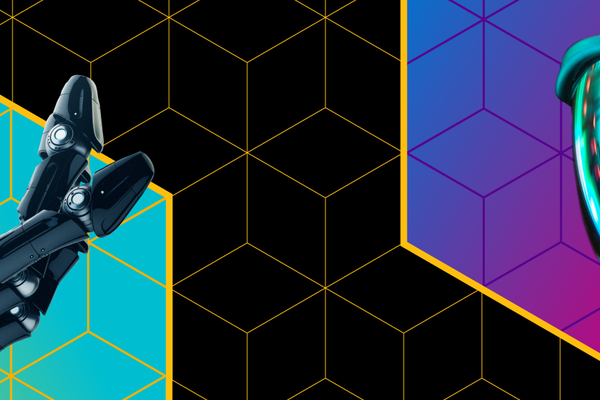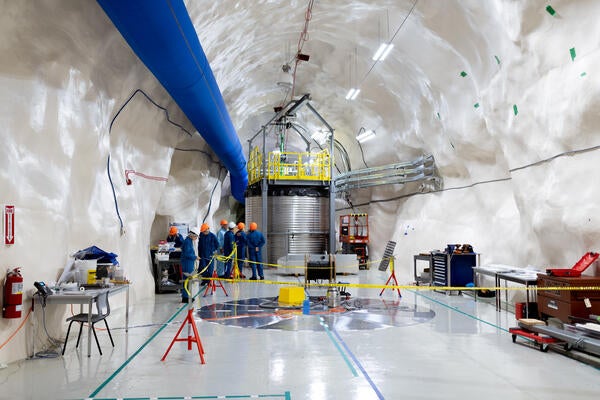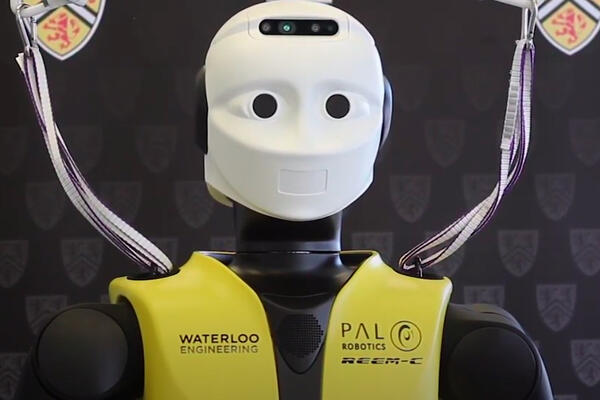WATERLOO, Ont. (Wednesday, July 11, 2012) - A recent theoretical study by a University of Waterloo doctoral candidate in nanotechnology engineering suggests that manufacturers may one day make lasers and LEDs out of silicon, with the potential to significantly lower their price.
Daryoush Shiri says that making lasers and light emitting diodes (LED) from bulk silicon, one of the most abundant minerals on earth, has been a longtime goal of the photonic engineering community. But while the cost of silicon is low, it suffers from an inherent electronic property called indirect bandgap that hinders the light emission from this material. As a result, lasers are currently manufactured using other, more expensive materials.
“Extensive numerical calculations that involved first-principle quantum mechanical and other studies proved that silicon nanowires show dramatic changes of light emission properties when we apply mechanical strain,” said Shiri.
His findings were recently published in Scientific Reports, a journal of the Nature Publishing Group. Shiri’s research shows that by stretching or compressing silicon nanowire, you can induce significant change in its light emission capabilities. Passing an electrical current through the device in its strained state leads to population inversion, which means that electrons are ready for light emission. Once the strain is removed, the electrons release their energy as packets of light, the central principle of lasing. Shiri points out that this mechanism for lasing is unique to silicon nanowires and it is not achievable in bulk silicon. The colour of light emitted can be controlled both by strain and using nanowires with different diameters.
Collaborating with a lab with the capability of fabricating the silicon nanowires is the next step. Shiri would like to see the tiny whisker-like silicon structures reduced from the typical 10 nanometers to three to five nanometers. By reducing the diameter of the nanowire, electrons have a better chance of giving off their energy as light. He expects it to take between two to five years of experimentation until nanowires are fabricated to the ideal scales.
Consumers see lasers in everything from supermarket barcode scanners, laser printers, to CD or DVD players. LEDs are used in car headlights, lamps, and other consumer products.
Shiri collaborated on his research with his doctoral thesis supervisors C.R. Selvakumar, an electrical and computer engineering professor at Waterloo; Anant Anantram, a former engineering professor at Waterloo who is now at the University of Washington-Seattle; and Amit Verma, a professor at Texas A & M University-Kingsville.
The paper can be downloaded at http://www.nature.com/srep/2012/120615/srep00461/full/srep00461.html
About Waterloo Engineering
The faculty of engineering at the University of Waterloo is a multi-faceted engineering school with eight academic units, home to about 280 faculty members, more than 1,825 graduate students and 6,550 undergraduate students. More than 34,500 alumni have made their mark in industry, academe and the public sector, in Canada and around the world. For further information, go to www.engineering.uwaterloo.ca








